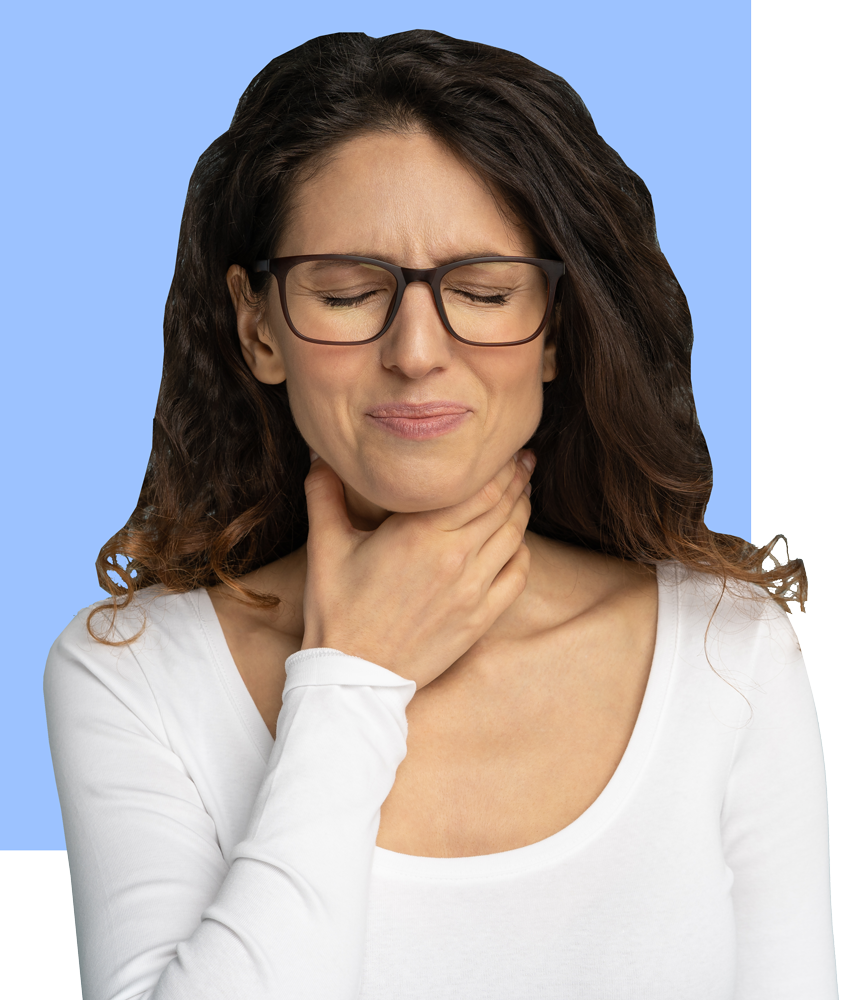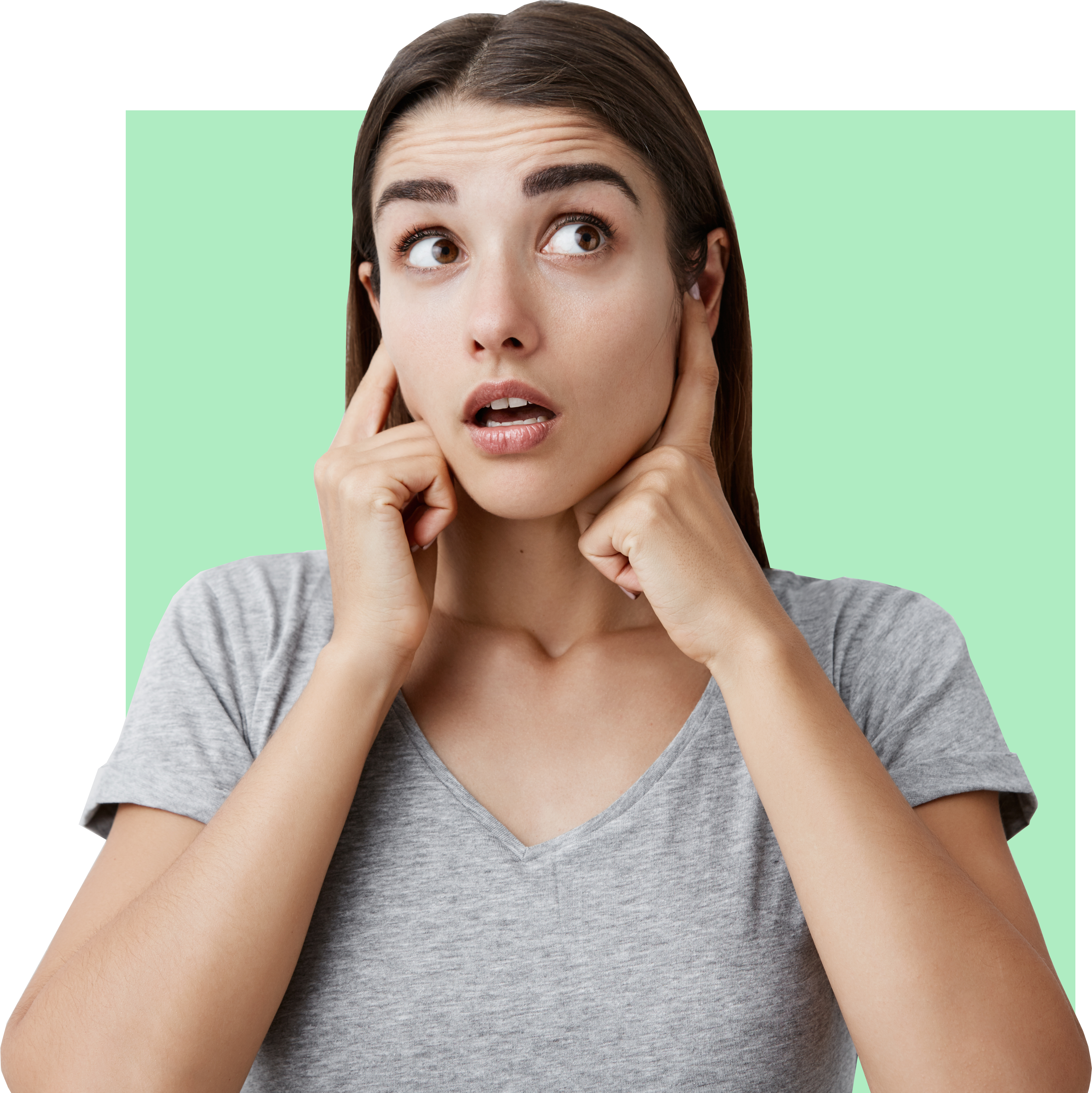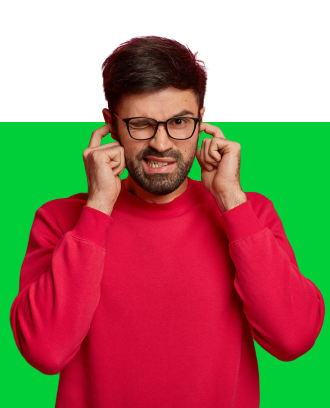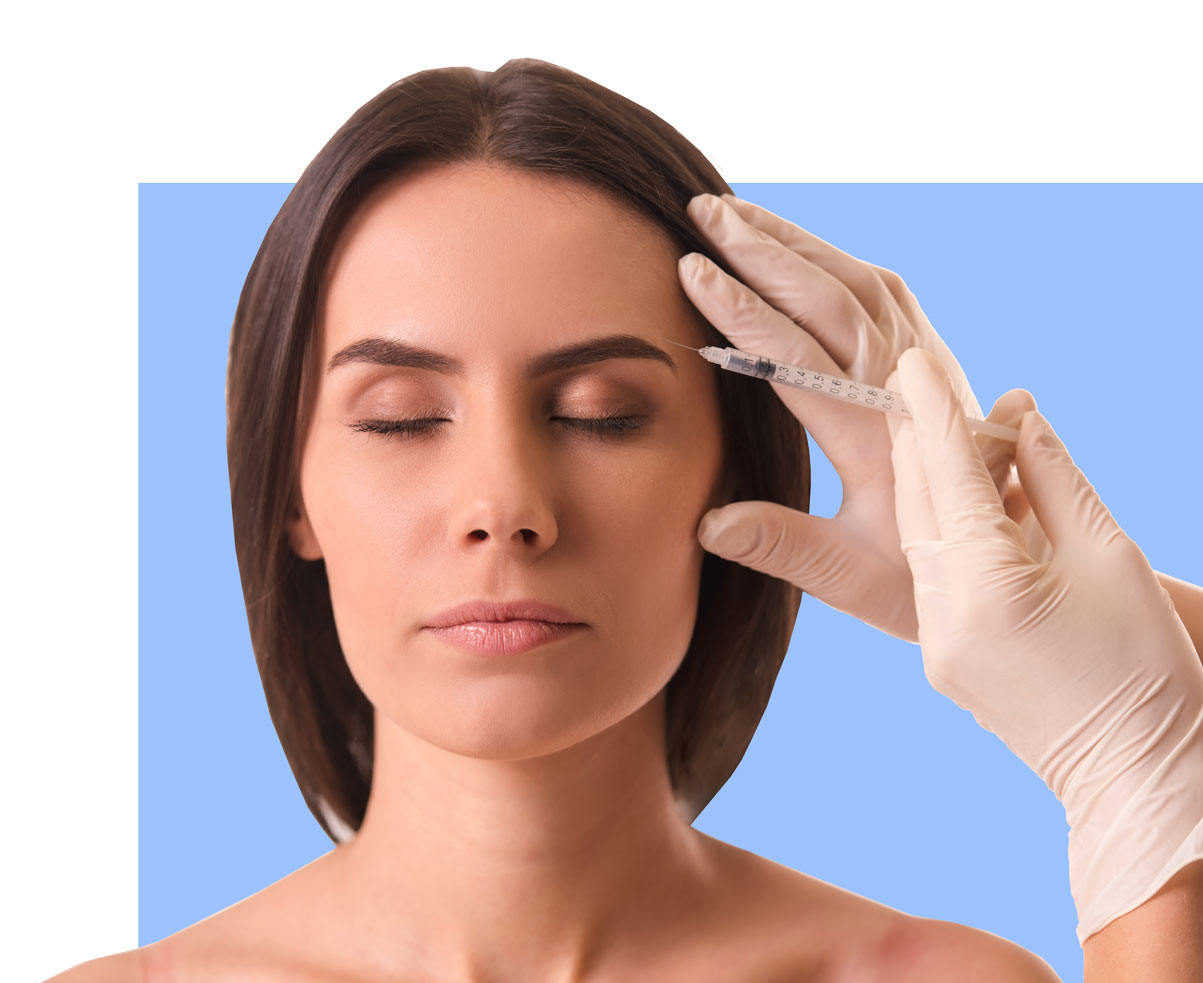What is dysphonia?
Dysphonia is a symptom of alteration in the quality of the voice. The sound of the voice may be harsh or hoarse, and the affected person may sound strained when making an extra effort to be able to speak.
Diseases that compromise the quality of the voice affect patients of all ages and sex, although it is more frequent in teachers, older adults and people who use their voice as a work tool such as singers, instructors, announcers or telephone operators.
What Causes Dysphonia?
Changes in voice quality generally represent a vocal cord problem which can be caused by a large number of medical conditions.
Most cases are a minor condition, caused by an upper respiratory infection, which usually resolves within 3 weeks. In the case of a respiratory tract infection, dysphonia is generally accompanied by general malaise, runny nose, sore throat or cough. Other minor causes of dysphonia can be: tobacco or alcohol consumption, excessive use of the voice, gastric reflux or inhalation of irritants.
However, having any change in voice quality that persists for more than 3 weeks is prudent to seek medical attention. Since it could be caused by some other medical condition less likely to resolve spontaneously which could cause irreversible damage to the vocal cords and your voice.
Changes in voice quality that do not resolve naturally are usually caused by misuse or abuse of the voice; particularly in people who use their voice in a professional way. Therefore, a timely diagnosis and treatment of any affectation in the vocal cords prevents absence from work, and psychological or economic consequences.
In the same way, it is important to emphasize the importance of going to a voice specialist when having any change in the tone of voice for more than 3 weeks since persistent dysphonia can be an early sign of cancer of the vocal cords or lung, mainly in smokers.
What to do if I have dysphonia with a cold or a sore throat?
- Avoid or eliminate tobacco use.
- Don't use your voice more than necessary, but don't whisper or speak in a low voice. A soft, calm voice is best for your throat.
- Cancel any nonessential commitments.
- Drink plenty of warm fluids without caffeine (coffee or green / black tea).
- Try natural throat lozenges that are lubricating and do not numb the throat.
- Avoid eucalyptus or menthol-based throat lozenges as they numb and dry the throat. Sensations such as itching or a sore throat are there for a reason: they tell us to take care of and rest our voice.
Do you have dysphonia for more than three weeks?
It is important to see a voice specialist or laryngologist to be able to properly evaluate, diagnose and treat your problem.
Without a doubt, the best way to prevent a problem with your voice is to eliminate tobacco use, and improve the use of your voice, particularly if you use it professionally.
Go to our blog called vocal care: http://192.168.100.55/en/cuidado-vocal/ to learn better habits in the use of the voice.
* This information does not take the place of your doctor's advice. Please consult your healthcare provider for information about a specific medical condition.
References
Digitales, C. (n.d.). Disfonía, Una enfermedad silenciosa. Retrieved May 25, 2021, from https://www.achs.cl/portal/ACHS-Corporativo/newsletters/pymes-achs-al-dia/Paginas/Disfonia-la-enfermedad-silenciosa.aspx
Hoarseness. (2020, December 14). Retrieved May 25, 2021, from https://www.nidcd.nih.gov/health/hoarseness#1
Stachler, R. J., Francis, D. O., Schwartz, S. R., Damask, C. C., Digoy, G. P., Krouse, H. J., . . . Nnacheta, L. C. (2018). Clinical practice guideline: Hoarseness (dysphonia) (update). Otolaryngology–Head and Neck Surgery, 158(1_suppl). doi:10.1177/0194599817751030








